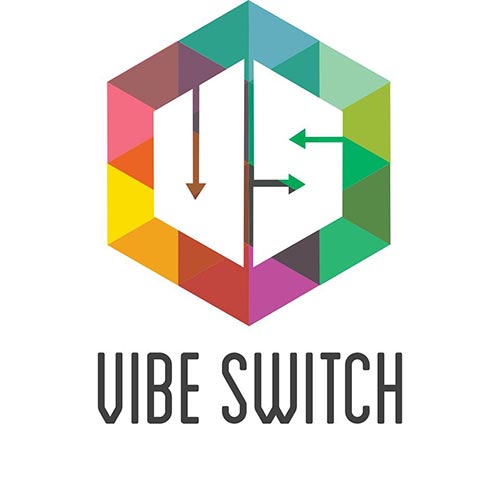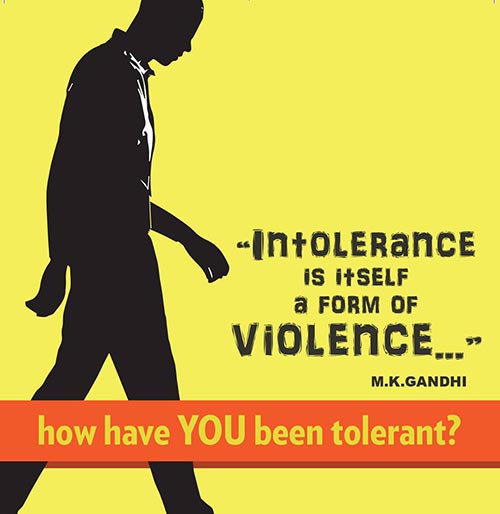When most designers look at how to approach social issues, they tend to think about creating a meme, a poster, or T-shirt design. Spurred on by the unrest in Ferguson, Missouri, Antionette Carroll wanted to do more. She initiated the idea of hosting a Creative Reaction Lab, bringing together 12 designers for a 24-hour brainstorming session last August to look at sustainable approaches to the bigger issues particularly systemic racism, St. Louis’ racial divide and police brutality brought up by the death of Mike Brown.
In addition to being the Vice President of AIGA St. Louis and the creator and Chair of the chapter’s Diversity Initiatives, Antionette is also the Chair of the AIGA task force on Diversity and Inclusion at the national level. You could say that social entrepreneurship is in her blood.
Working from secondary research and first-hand accounts from local activists, the Creative Reaction Lab group identified more than 45 potential projects. It then broke into four groups, which would develop a total of five projects. Of those, two are in the process of getting off the ground, while three have already been activated and started to impact their local communities. Funded by seed capital from AIGA National, Antionette works with all of the project teams to provide them with a platform, mechanism and support to get the projects off the ground.
The two projects still in development are Guerilla Art Warfare and Vibe Switch. Guerilla Art Warfare is headed by Jordan Thompson, with assistance from De Andrea Nichols. Jordan’s desire was to move beyond the printed page to impact people during their daily interactions. Asking people to look beyond their fear, the campaign consists of stickers and stenciled messaging that will be placed throughout different neighborhoods in St. Louis. Channeling Banksy and Candy Chang, Jordan developed more than 60 icons that represent fear in our daily lives – including the silhouette of an African American man with his hands up. Jordan stated that she wants to get people to think about why “the black man” invokes feelings of fear for some people, in the same way as spiders or clowns. She hopes to extend the concept to combat fear associated with other controversial issues. Vibe Switch is headed up by Jayvn Soloman and Jess Burgess. Jayvn had focused on the topic of stereotypes for his senior thesis, and used this as input to design the Vibe Switch campaign. Using chalkboard walls in high-traffic urban areas, Jayvn hopes to deflate stereotypes via interactive public art, mobile and social media, and merchandise.

The Red Table Project
The Red Table Project is headed up by Anna Shafer-Skelton, Christine Stavridis and Emily Iles, with assistance from De Andrea Nichols. Their idea behind dealing with racial inequality is to turn strangers into neighbors, with the understanding that it’s much more difficult to demonize people when you know them as individuals with their own stories. The focus is on igniting conversations between people of St. Louis who would otherwise not normally meet. Using meals to bring people together, the designers were certain that an invitation to the table would result in beneficial connection and conversations.
Learn more about the Red Table Project
Cards Against Brutality
Cards Against Brutality, headed up by David Miller, Kristin Serafini and Nandini Ramaswamy-King, takes a different approach to the other projects. Targeting police officers, the cards are an educational piece for police officers that seeks to help them bridge the disconnect between government officials, fellow officers, the protesters and fallen victims. Inspired by Cards Against Humanity, with a “for good” twist, the deck is intended to start conversations with questions like “What is the best way to protect?”
Beyond Today
Beyond Today, headed up by De Andrea Nichols and assisted by Jordan Thompson, is now called Connected for Justice. It’s a volunteer matching system that helps people who have identified actions they want to achieve around racism and the situation in Ferguson, and helps them build teams to realize the projects. As of November, the platform had already made 727 volunteer matches, with many more since then. It helps people move past the sometimes paralyzing idea of “But what can I do?” by connecting them with people who have the ideas but need help.
For the future, Antionette has already been approached to run another Creative Reaction Lab around the idea of mental health. Ultimately, she’s hoping to move to having two or three labs each year, and is actively seeking committee members in St. Louis to keep things going.
Follow the Creative Reaction Lab Facebook page to watch the progress and/or get involved.

